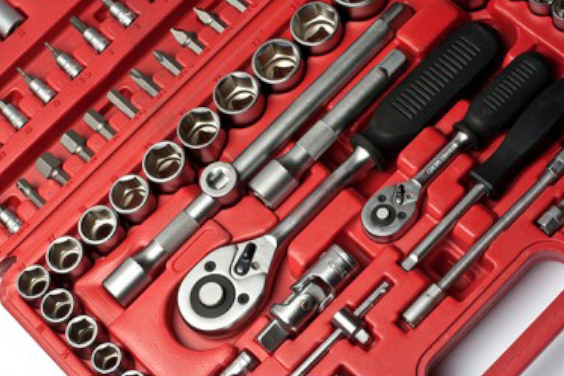
Insert Molding Process Step by Step
It is dangerous to make use of components after they’ve been manufactured without encasing them with plastic. It’s essential to encase these components to make
Share
Share
There are various raw materials that are used in molding clear plastic products, and owing to the high demand for clear plastic products, the need to keep finding new options has never been more urgent than now. Of the many raw materials that are widely used by top molding manufacturers, ABS and Polypropylene are the ones that stand out the most.
We are going to explore these two materials, look at the individual features of each, the qualities that make them ideal for their particular roles, the differences, and how they soiree up to each other. Stick around if you want to add to your molding knowledge.
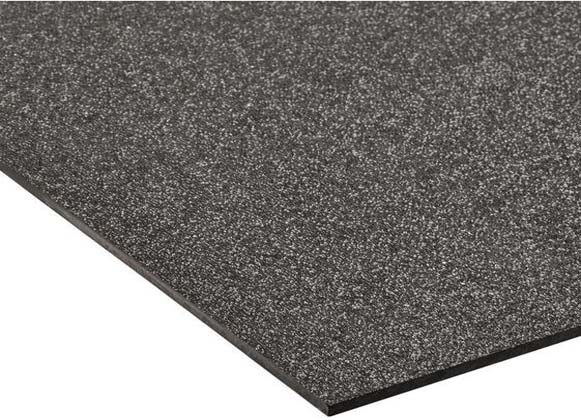
Source: Pinterest
Acrylonitrile Butadiene Styrene is a thermoplastic that’s opaque and amorphous, meaning it can be turned into liquid at certain temperatures and reverted back to solid once that temperature is removed from the equation. They are the most commonly used raw material in plastic molding, and there are good reasons and bad reasons for their use.
Inexpensive: ABS is a very cheap option for injection molding, and this is the reason it is very popular with most molding manufacturers. It is compatible with a huge number of molding processes and works with almost all the molding machinery that is commonly used in today’s world.
Slow Degradation: ABS is a very solid polymer that can be put through the harshest of processes without losing any of its features. It can be heated and converted into liquid and back to solid, and there will be very little of its good attributes that will be lost in the process. This is why products made using ABS look so clean and refined for a very long time, even with heavy use.
Soluble: ABS is soluble in other substances like acetone, and this makes it easy for adjustments to be made in a product that has been made with ABS. This includes the addition of engravings or smoothening the parts that may have deformities. This level of flexibility makes work much easier for manufacturers.
Works Well with Mechanical Parts: ABS is heavily used in the automotive prototyping and aerospace industries because it has been found to be highly compatible with mechanical and moving parts. ABS is more ductile and malleable, meaning it can be remade into any shape without breaking apart.
Foul Smell: ABS has one of the foulest smells around, especially when exposed to heat, and this can be a little uncomfortable when it comes to handling it. This is why manufacturers that handle these kinds of materials usually depend on excellent ventilation to ensure that people in the working area don’t develop respiratory complications.
Thermal Contraction: As much as ABS doesn’t lose the main qualities that make it an attractive raw material, it does contract after heating. The more you expose it to heat, the less and less of it you get, and in the long run, you will have nothing big enough to work with.
Requires a lot of Heat: Melting down ABS is not hard since it has a relatively low melting point, but the problem is with maintaining it in that state. The heat has to be maintained at a very high level to allow time for ABS to be fed into an injection molding machine, for instance. Otherwise, it can cool way too fast material, and this could create structural flaws in the final product.
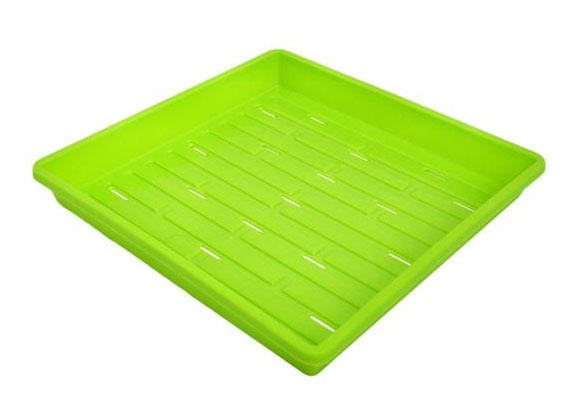
Source: Pinterest
Polypropene, or PP, is the most commonly used plastic material in the world due to its ease of extraction. It is also highly preferred for their high chemical-resistant properties which make it the ideal materials for storing highly corrosive substances like certain types of substances. The following are the pros and cons of PP.
It is Flexible: PP is very practical and allows for modification to be made on the go. This level of flexibility means that the chances of wastage are reduced to a minimum since any error can be taken care of without affecting the pace of manufacturing.
It is Durable and Strong: Materials made out of PPare very hardy and will last you ages. This is why you see a lot of household products that are used on a daily basis are made using polypropylene from food containers, electrical insulation, automotive parts, among many others.
Chemical Resistant: PP has a very high chemical resistance which makes it the best option for making storage containers for corrosive materials that are used in industrial complexes and in hospitals. It is resistant to Boric acid, Chloride, Hydrochloric acid, among many others.
Low Density: PP has a low density but a very tough texture. This makes it the ideal raw material for making lightweight products that are as tough as nails, eliminating the age-old problem of associating quality materials with heavy masses. PP products are easy to carry around.
Rapid Shrinkage: Just like ABS, PP tends to shrink very rapidly once the heat is removed, and this can lead to crystallization, which is every mold manufacturer’s nightmare. Things like crystallization can lead to serious structural integrity issues that can make the final product unusable.
Poor Adhesion: PP doesn’t play very well with adhesives, and this increases the cost of production since other more expensive options have to be pursued. Using common adhesives that would work with other materials will only make PP products weak.
Low Melting Point: PP will melt at the slightest exposure to intense heat, and this can be a problem for many people. The melting point is so low that you would use a PP-made product in the common household oven.
So what do you go for between ABS and Polypropylene? The choice comes down to the nature of the product you intend to make and the machinery at your disposal. Besides that, there’s very little that differentiates between these two. For more information on plastic molding, check your website and get all your questions answered.

It is dangerous to make use of components after they’ve been manufactured without encasing them with plastic. It’s essential to encase these components to make
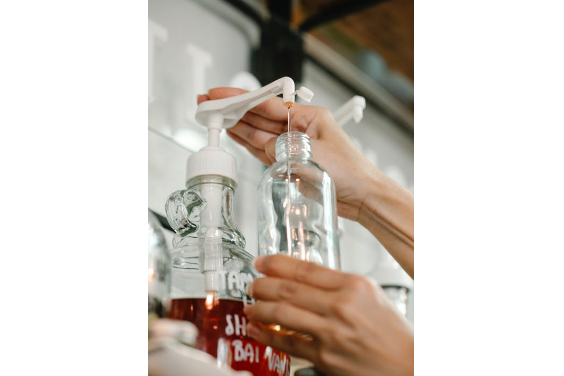
Transparent plastic is being used in virtually every industry and this is because of its capacity to allow you see through and its ease of
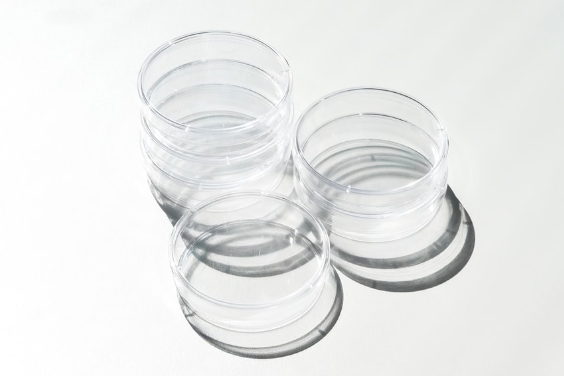
Plastic is a common material used in the production of objects that can be used in homes, the automobile industry, and virtually all sectors. It

Basically, there are two kinds of plastics – thermoplastic, and thermosets. But the majorly talked about kind is the thermoplastic because of its versatile and
+86-755-8524 1121
marketing@rydtooling.com
No. 2, HongKan 1st Road, YanChuan Community, YanLuo Street, BaoAn District, ShenZhen City, China. Post Code 518105.
Subscribe to our newsletter to get manufacturing news and updates!
